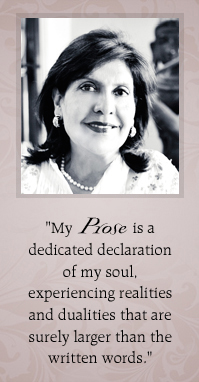From what is gathered, in 1812— surveyors William Keys and Macmohan visited the Nilgiri Hills (South India) and submitted their experience-report to the Collector of Coimbatore, John Sullivan. This region was entirely under the control of tribals called ‘Todas’ as no ruler had seized their land and hence the Todas thrived along with other tribes in different locations of the forests. The climate of the hills gave the Todas plenty of natural green pasturing grounds for buffaloe-rearing and thereby they supported their vocation of selling the dairy products all around the neighbouring villages. Though there were several other tribes living in the Nilgiris (Paniya tribe, Badaga people) — the Todas are famous for their red, black and white embroidered shawls and silver jewellery. The women fashion their long hair into ringlets by repeatedly twirling them with their fingers moistened with buffaloe butter or coconut oil. The Todas traditionally lived in settlements
(munds) consisting of three to seven small thatched houses constructed in the shape of half-barrels and spread across the slopes of the pastures. Till today, the Toda temple is revered in such a way that it is out of bounds for any passing non-Toda visitor.
The once practised fraternal polyandry existed among the Todas, where a woman married all brothers of a family. But, now it is no more. The Toda dress consists of a single-piece cloth which is worn by both men and women on top of their usual clothing. The religious and funerary rites are conducted amidst complex poetic songs describing the dear buffaloe. During the last quarter of the 20th century, some Toda pasture lands were lost due to agriculture by outsiders or afforestation by the State Government of Tamil Nadu.
During the last decade, both Toda society and culture have become the focus of an international effort at culturally sensitive environmental restoration. The Toda lands are now a part of The Nilgiri Biosphere Reserve, a UNESCO-designated International Biosphere Reserve and is under consideration by the UNESCO World Heritage Committee for selection as a World Heritage Site.
Geeta Chhabra



